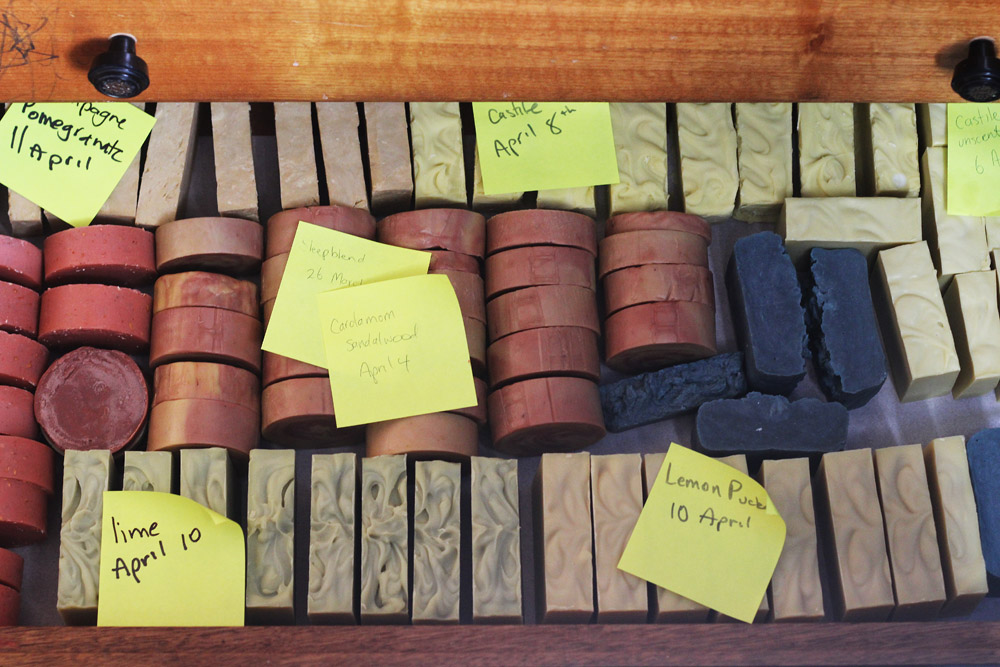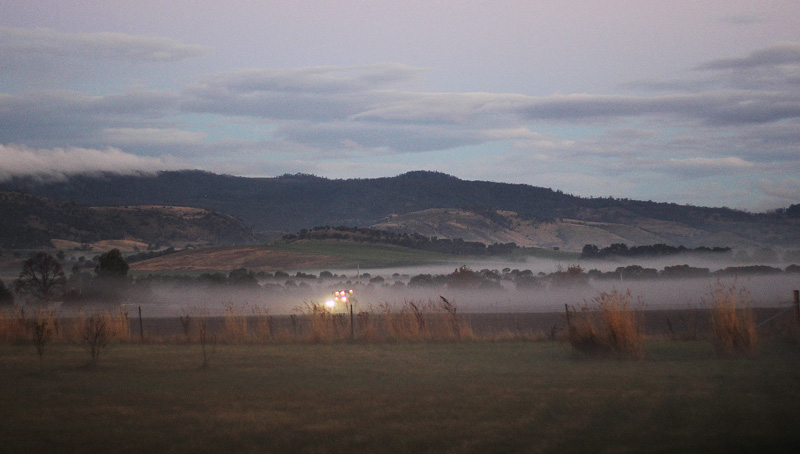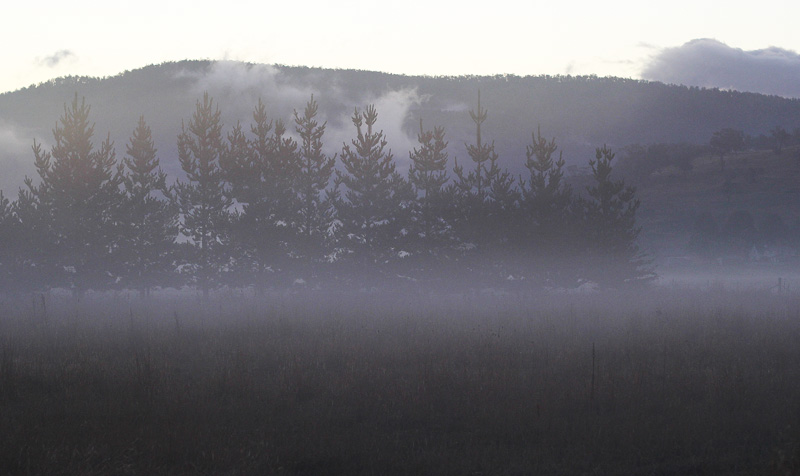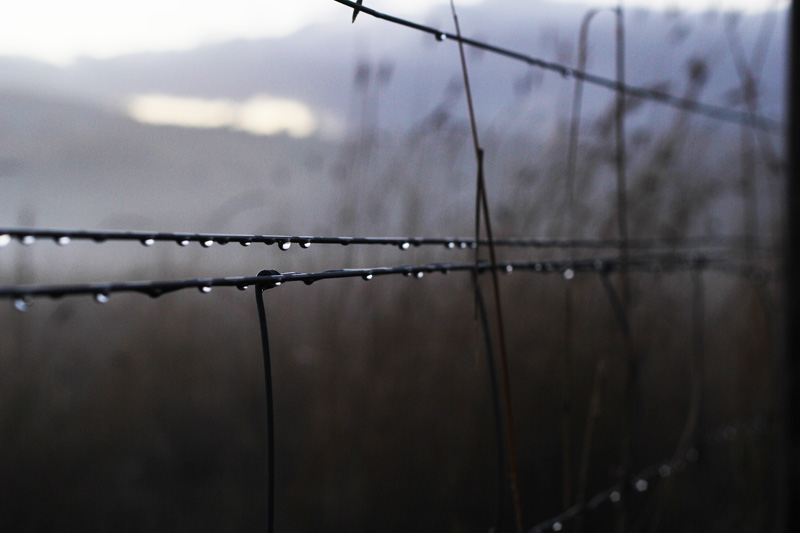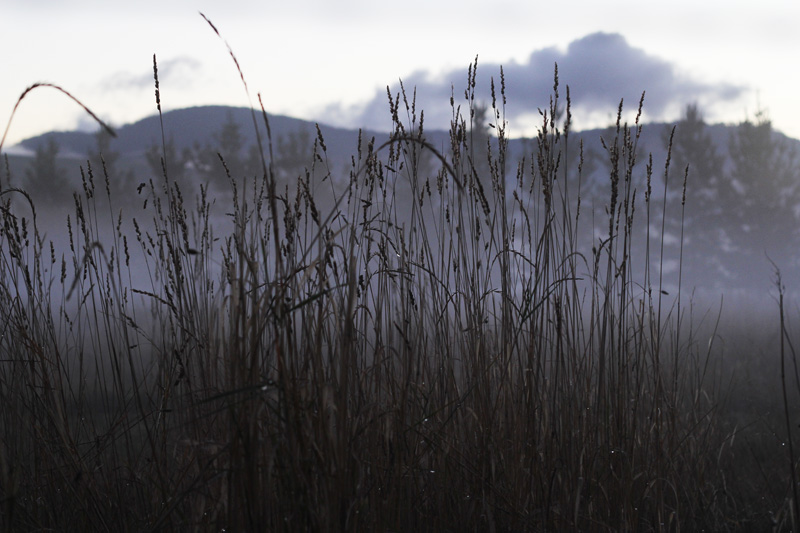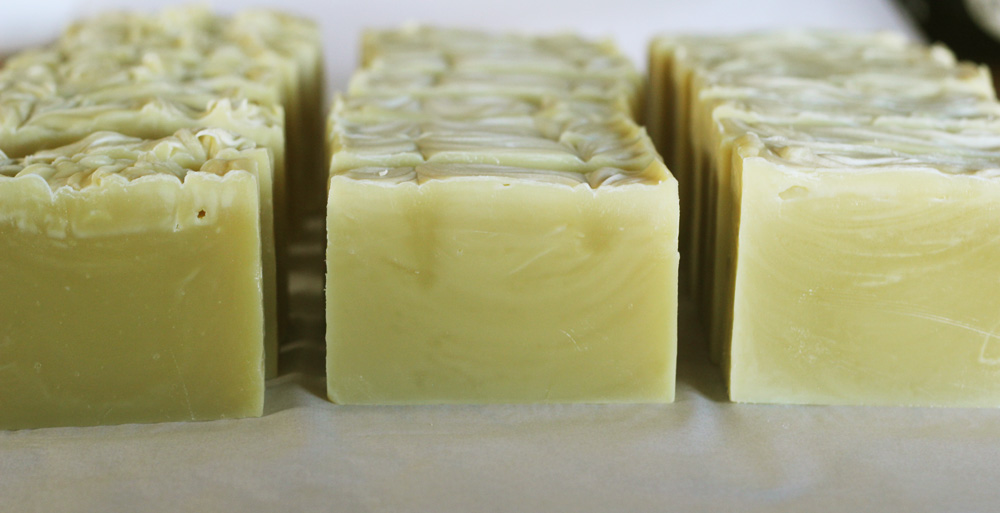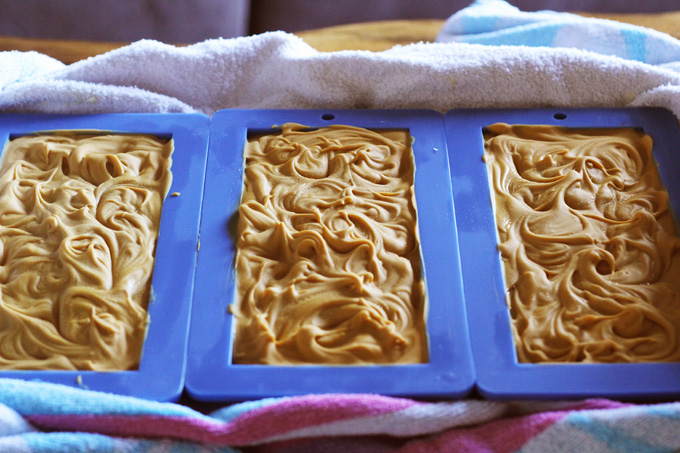I’ve been thinking a lot about marketing and branding lately, about the power words hold over our purchases, about how we make decisions to buy things.
Of course I have an ulterior motive when I think about marketing; I want you to buy my soaps.
“Natural” is a word I see bandied around a lot when you’re looking at soap to buy.
Natural fragrances, natural colours, natural oils, natural everything.
It’s a big thing to claim your product is natural. Natural sells.
But I’m not using natural fragrances, so I can’t claim my soaps are “all natural”.
I’m okay with this, for a number of reasons.
On one hand, using fragrance loses me the natural label.
On the other hand, fragrance oils are rigorously tested, easy to blend, cheaper than essential oils, offer a wide variety of smells, are (mostly) easy to work with, and have more staying power than essential oils.
It’s good to note here, essential oils can be just as sensitising as fragrance oils. Cinnamon oil can cause skin irritation. Wintergreen also causes irritation. Sage oil is unsafe for pregnant women. Tarragon oil is suspected to be carcinogenic.
My point is, even natural things can be dangerous at high quantities.
I love some essential oils. Rose geranium smells gorgeous and sticks in soap. Peppermint is uplifting and gorgeous. Lavender smells great.
But I’m not averse to using synthetic fragrance in my soap to get the smells I love.
Especially as soap isn’t technically “natural”.
Soap is, in and of itself, a chemical.
To sell soap I have to register with NICNAS as a chemical manufacturer. If I buy soap making ingredients outside of Australia – including fragrances, essential oils, colourings – these need to be noted in my NICNAS registration under “chemical importation”.
There are laws and regulations that as a soap maker I have to follow.
Even more than this, it’s so important to follow the regulations so no one gets hurt.
Ingredient labelling laws are there for a reason. I’ve already had people approach me and ask what my ingredients are.
You know what I did? I told them.
It’s not a giant secret the things I put into my soap and I am required BY LAW, to have the details of my ingredients available at every point of sale. This means on my website when I finally begin selling, and in person at markets.
This doesn’t mean some wavey hands in the air declaration that nothing is chemical and everything will be fine.
No. It means every single ingredient, listed by volume.
It means being open and honest about ingredients, additives and colourings.
But it’s just soap you say.
And of course it is. But the process of making soap utilises a chemical reaction to turn one thing (oils) into soap using a catalyst (sodium hydroxide). It’s a chemical process through and through, so I’m not quite sure how any soap can be called natural.
The great thing about soap making is the chemical process. It’s so much fun to play at being a chemist in my kitchen. I combine some ingredients and BAM, exothermic reaction, saponification, SOAP.
It’s fantastic.
Even better though is knowing that while I use caustic soda to make soap, none remains in the final product. Soap isn’t a caustic product, otherwise no one would use it, except as a bizarre form of shower torture.
Side note: Did you know Dove bars aren’t soap?
Instead they’re something called syndet, which is a synthetic detergent. They have a lower ph than handmade soap.
Colloquially we call it soap. It’s a white bar, we take it into the shower, it gives bubbles and we get clean. It’s soap, right?
No.
Next time you’re in the supermarket, read the ingredients on a bar of Dove soap. Tell me how natural they sound.
A good syndet bar can feel amazing and be amazing on your skin, but it’s a completely different product to the one I’m selling.
So what’s the problem?
There isn’t one, really.
A good bar of handmade soap is a joy to use. Superfatting (the process of adding more oil than is needed, so some is left behind as free oil in the soap bar) can provide a good deal of moisturising properties. I find home-made soap slicks over my skin better, feels nicer and doesn’t leave me dry and itchy.
Provided you don’t have any sensitivities to fragrances, the small percentage of fragrance oil I use to give the beautiful smells shouldn’t cause any problems on your skin. And if you are sensitive (and many people are), I will have a range of unscented soaps to go along with the pretty smells.
Of course, we’re not in business yet and won’t be for a while – NICNAS registration is required in September of every year and I’m loathe to register three months before I need to pay my dues again – so a lot of this is a moot point.
But I promised when I began this journey that I would be open and honest about my processes and my ingredients, and so I am.
Soap making is a chemical process and I have a duty to be honest about that. I have a duty to my friends, family and fans to be completely honest about all my ingredients and about everything I am doing.
Soap making isn’t some great secret and I’m not going to lose out by being honest about the process.
It is a lot of fun though, and gratifying to see my hard work turning into a plethora of products to sell eventually.
